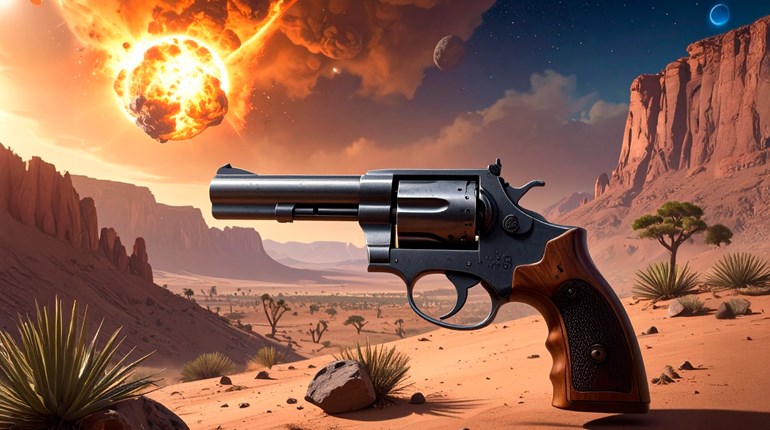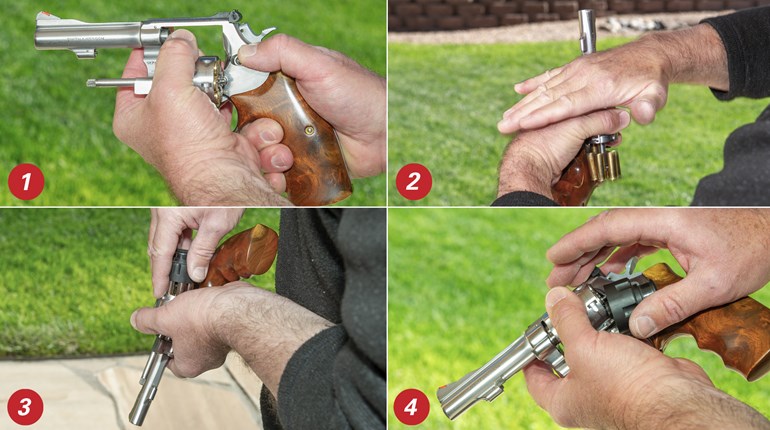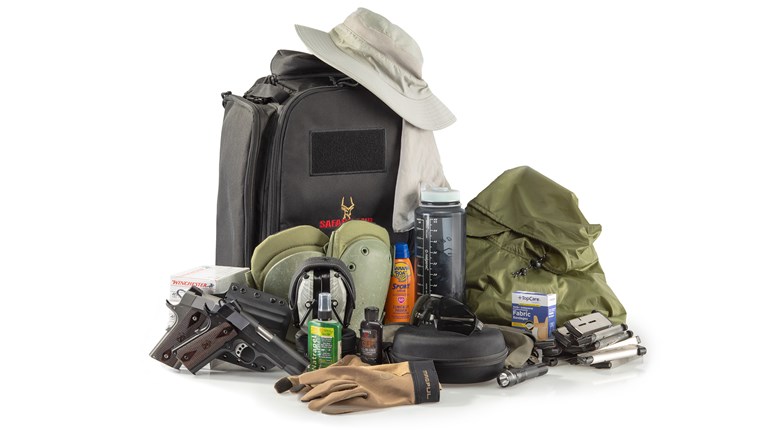
It has been interesting watching the popularity curve of revolvers—at least the ones used for concealed carry—over the last several decades.
When I first started putting curious nose-prints on the glass of gun-store counters as a teen in the mid-1980s, revolvers were still the preferred sidearm of American law enforcement. Furthermore, if not a majority, then certainly a healthy percentage of private citizens who looked to handguns for personal protection both in and out of the home eyed semi-automatics with a bit of skepticism. The term “jam-o-matic” was still actually in wide use, believe it or not, even as its applicability dwindled to nothing.
It’s hard to believe that by the turn of the millennium, a mere 15 years or so later, semi-autos had so thoroughly replaced revolvers. Certainly by the early 2000s, the use of revolvers for carry duty had largely dwindled to the specialized realms of big magnums carried in the woods—where four-legged threats were as much or more of a worry than two-legged ones—and lightweight snubbies carried in pocket, purse or ankle holsters, often as a backup gun.
There’s been something of a renewed interest in revolvers as primary carry guns over recent years, however, probably driven by a number of factors.
The first is that there are just more choices on the market than there have been in quite some time. Longtime revolver-market stalwarts like Ruger and Smith & Wesson have been turning out special-edition, serious-carry variants of medium-frame revolvers again for a while; even Taurus has jumped in on that act with the 856 Executive Grade. Colt has returned to the market with its Python and Cobra. Even Kimber is offering an array of revolvers now that are right at home in an EDC belt holster.
Secondly, the message is getting out from some well-known trainers that wheelguns can be entirely adequate for private-citizen, defensive-gun uses, if skillfully wielded. Retired LEO and well-known trainer Darryl Bolke has remarked that he sees a difference in the sort of handgun required to get out of trouble as opposed to one used to go looking for bad guys. These days, unless there’s some special situation that would call for more serious hardware, he’s as likely to be found with a lightweight snubby in each front pocket as anything else. The mission drives the gear train, as the late Pat Rogers was fond of repeating.
Finally, there’s probably an element of style and/or nostalgia at work. People may want to carry a well-crafted machine that’s reminiscent of the hard-boiled detectives or steely eyed cops of a bygone era, and then some folks just gotta be different, and if everyone else is carrying a flat gun, they gotta be different and carry one that just happens to be round in the middle.
The thing is, there’s a lot of institutional knowledge regarding carrying wheelguns that is on the verge of vanishing. For the most part, the long-service holdouts of the last generation of officers to get issued revolvers out of the academy are retired now after 30-plus year careers. Talking to these guys can provide a wealth of information useful for carrying a wheelieboi that isn’t intuitive if you’ve been a lifelong Glock toter.
For instance, consider reloads. A lot of new revolver carriers obsess with the best way to carry elaborate competition speedloaders or perhaps even moonclips. These tend to be bulky, turn rounds loose at inopportune times and (in the case of moonclips) get bent in ways that can tie up the gun.
The experts generally carry their reloads in the form of speedstrips. Flat and easily pocketable, they’re much easier to tote. Since any incident with a revolver is almost certainly going to be resolved with the rounds in the gun, the speed isn’t as much of a factor. Just in case, though, they carry four rounds in the speedstrip, separated into two groups of two. The reasoning is that in dire circumstances, getting two rounds into the gun—now—beats getting five rounds into the cylinder eventually.
When you see one of these revolver gurus at the range, you’ll likely notice they always have a toothbrush, as well as maybe a short rod with a chamber/bore brush on it.
There’s a good reason for this: While the revolver is very reliable with the basic load of ammunition in the gun, being immune to malfunctions caused by a poor grip or out-of-spec ammunition, it’s hardly an infallible machine. If you’ve been spending a bunch of time on the square range with a modern striker-fired semi-auto, you’re probably used to a pistol that can put hundreds, if not thousands, of rounds downrange with little to nothing in the way of cleaning or maintenance.
An extended range session with a wheelgun firing hundreds of rounds will almost certainly require a bit of attention with that toothbrush, getting crud off the face of the cylinder where it can foul the barrel-cylinder gap, as well as out from under the extractor star where it can and will cause malfunctions.
After a good range session with a revolver, cleaning it and checking it over to make sure nothing’s loosened in the screw department is much more critical than with a modern semi-auto. For those of us who are practically known for our, um, rather indifferent cleaning regimens, carrying a revolver is a real blast (of Gun Scrubber) from the past.
Larry Vickers once said about 1911s that if you are one of those people who treat handguns like we all treat our lawn mowers, then maybe you should carry a Glock.
That goes double for revolvers.




































